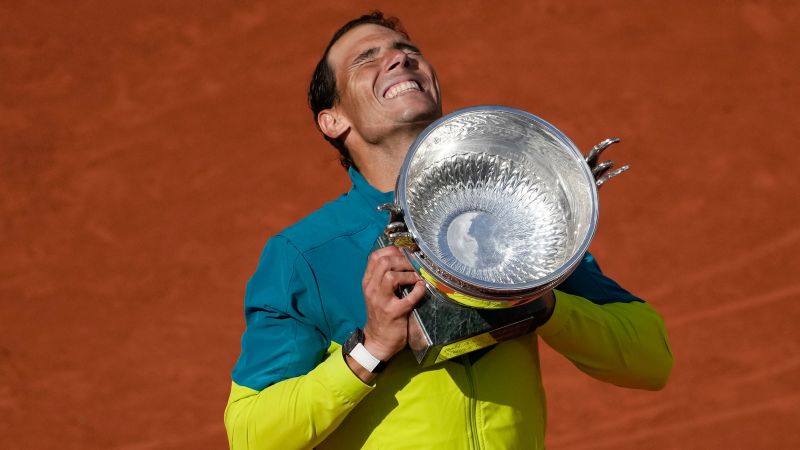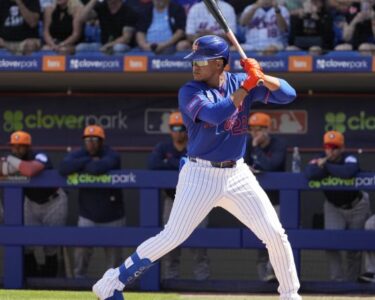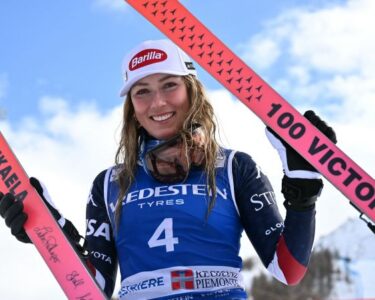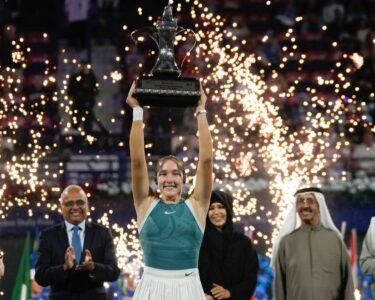CNN
—
When Rafael Nadal leaves Roland Garros as a player for the last time, one of the greatest love affairs in all of sport will come to an end.
Since making a winning debut at the 2005 French Open as a fresh-faced 18-year-old – beating Roger Federer in the semifinals on his 19th birthday – Nadal has lost just three times on the Parisian clay in the intervening 19 years.
Nadal’s win-loss record in the French capital stands at 112-3, a stunning win rate of 97.4%, though he also had to withdraw before his third-round match in 2016 due to injury.
The Spaniard’s name has become synonymous with the French Open; the ‘King of Clay’ statue – posed after hitting one of those famous forehands – has stood at the venue’s entrance since 2021.
“You win it five times, that’s a lot,” tennis great Boris Becker told CNN. “You win it 10 times, it’s impossible. Nadal’s won it 14 times. I don’t know any other record in any other sport that equals that.”
Becker points to some of tennis’ greats, himself included, that failed to win the French Open to further highlight the absurdity of Nadal’s record in Paris.
“[Bjorn] Borg won it six times, which at the time was unheard [of], but [Pete] Sampras never won it, [Stefan] Edberg never won it, Becker never won it. So there’s no shame in not winning the French Open,” said the 56-year-old German.
“Believe it or not, I liked playing Paris. I had a big support, they liked my style. I know I never won it, the only major I didn’t win. I made the semifinals a few times, but I did as good as I could with my style,” added Becker, who was renowned for his serve and volley game.
Nadal’s game is almost tailor-made for the clay. The heavy topspin on his groundstrokes means the ball grips the surface and bounces high towards an opponent, something that tormented Federer’s backhand side over the years.
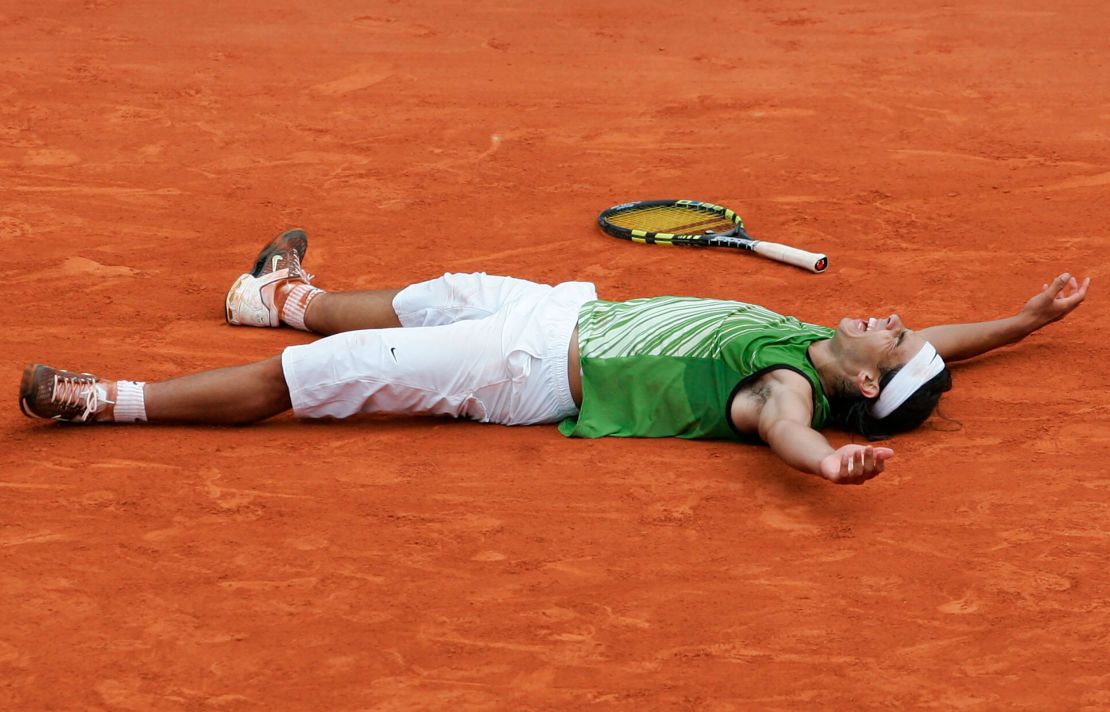
Nadal’s speed and agility not only allows him to reach more balls than many other players, forcing opponents to play more shots to win a point, but also gets him into position earlier and allows him to elegantly slide through the red dirt into his shots.
The loose clay absorbs some ball speed, too, making shots slower and rallies longer, something Nadal’s peak physical form gave him an advantage at, but will now likely be to his detriment given the injuries he’s had to deal with.
“The ultimate goal on clay, the mentality is to make one less mistake than the opposition, which is different to all the other surfaces,” Becker explains. “So if you look for more winners than your opponent on the clay court, ultimately you’re going to lose.
“Clay is physically very demanding. You have to have a special sliding technique that’s different to all the other surfaces.
“Good forehand topspin or backhand topspin helps but nowadays players play a lot of drop shots, a lot of kick serves and even come in [to the net] so versatility is also very important on clay.”
Much is said about the French Open crowd each year – some good, some bad – but it provides perhaps the most boisterous atmosphere of any tennis tournament in the world.
Whether a partizan crowd chooses to either root for you as a player or cheer against you can have an impact on the outcome of a match, Becker says.
Nadal, it goes without saying, is always the darling of the French Open crowd and has enjoyed vociferous support in some of his toughest matches.
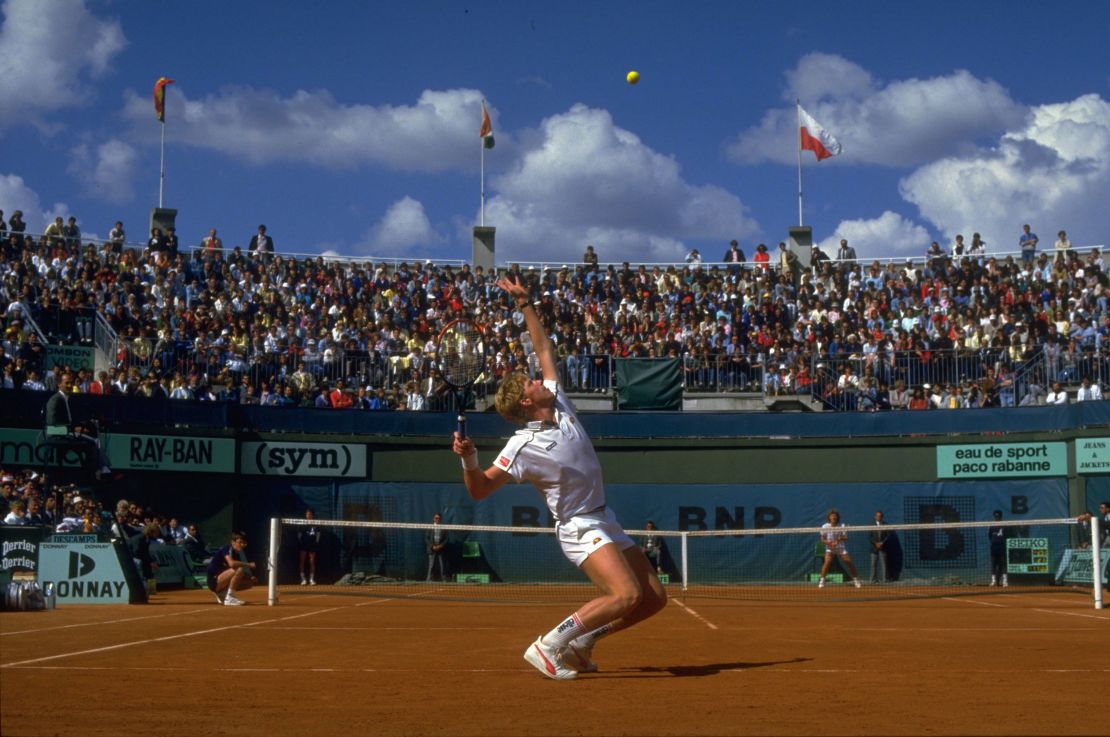
“To play on Philippe Chatrier in front of a Parisian crowd is very unique, very challenging,” Becker says. “The court is probably the biggest clay court in tennis, you can get intimidated very quickly.
“There’s no other city in the world that sounds like the Parisian crowd. It’s very, very unique, it’s very loud. If they support you, great. If they don’t support you, you don’t have a chance.
“So I think the crowd almost matters more in Paris than anywhere else in the world.”


